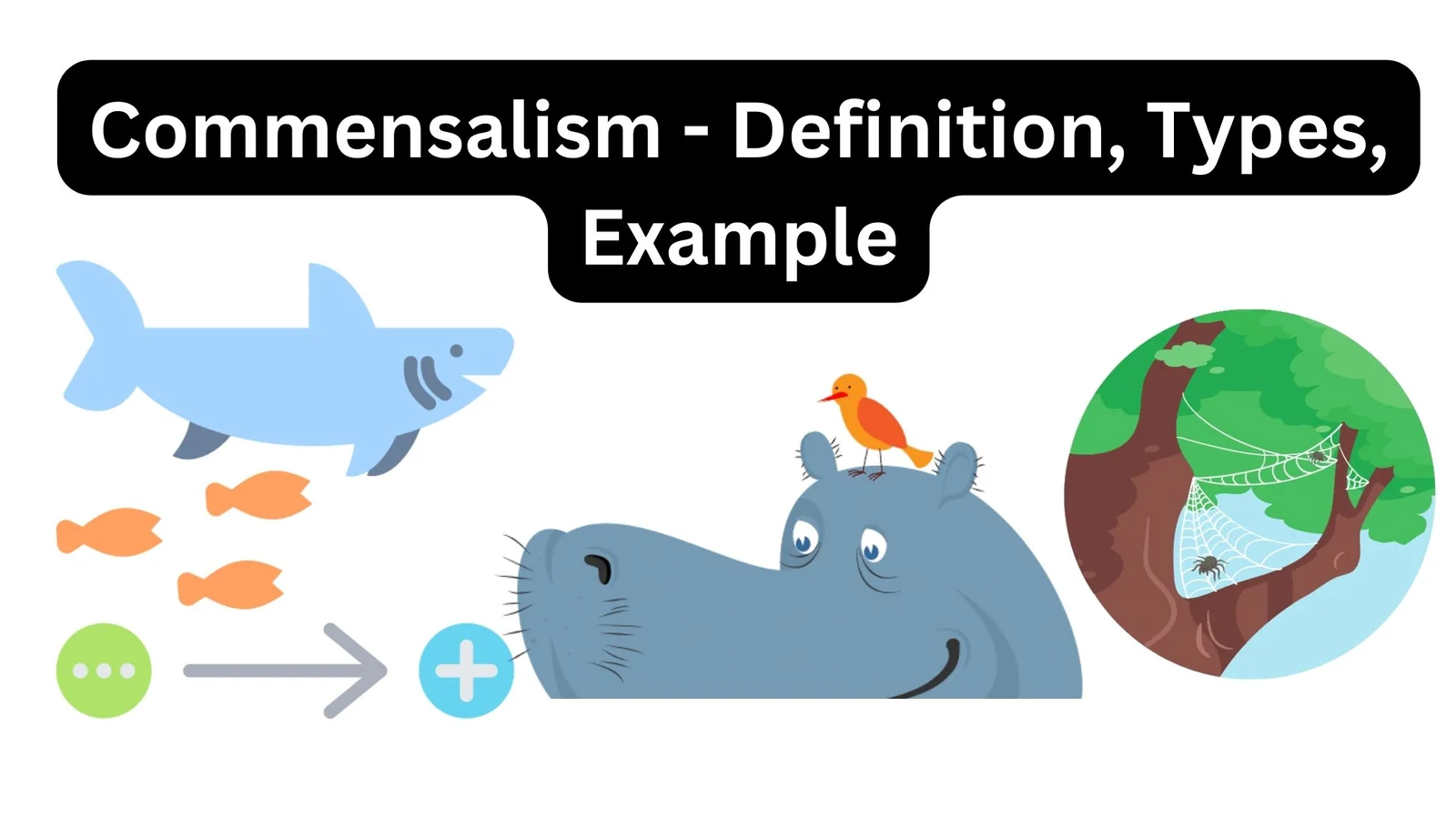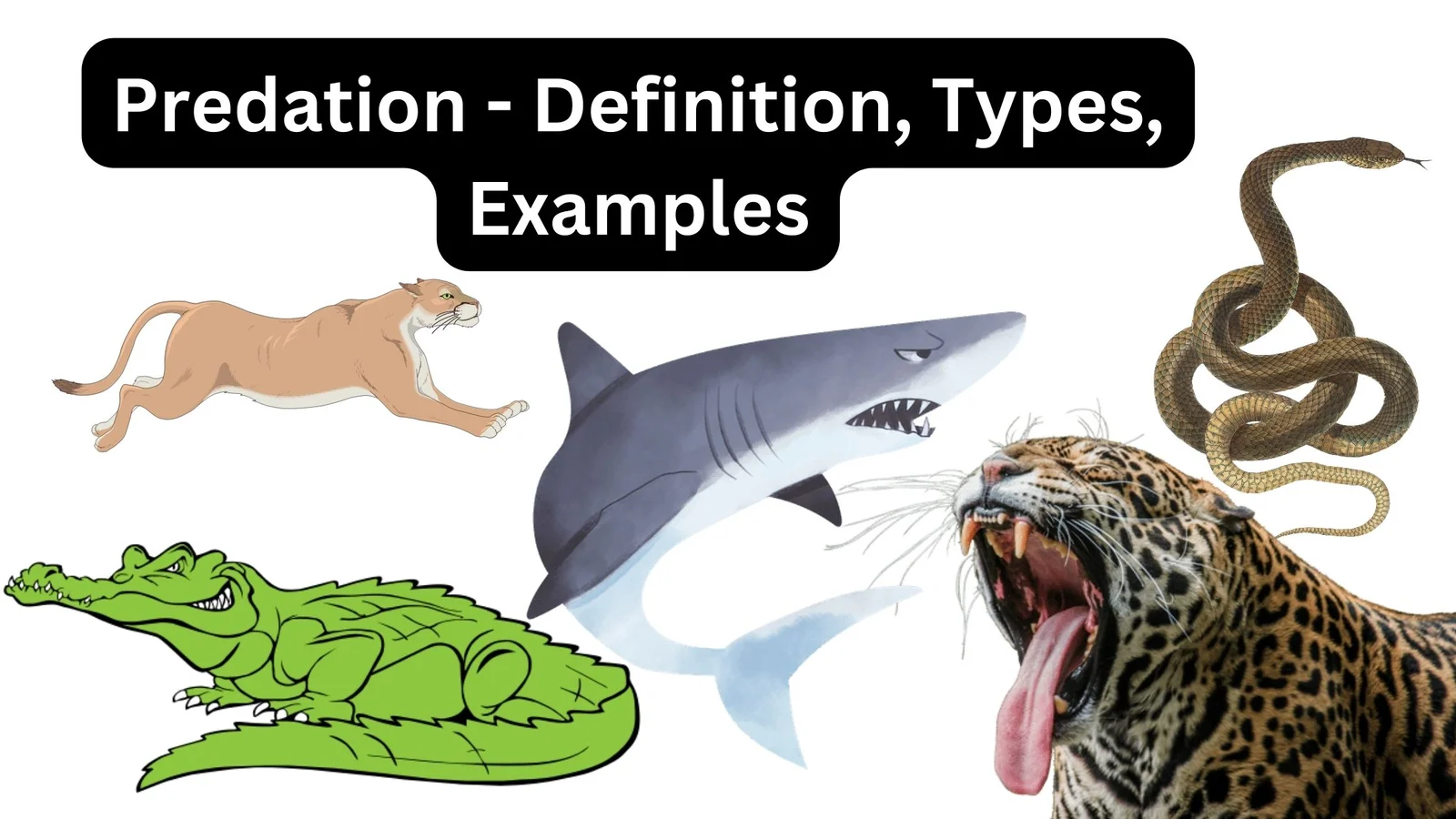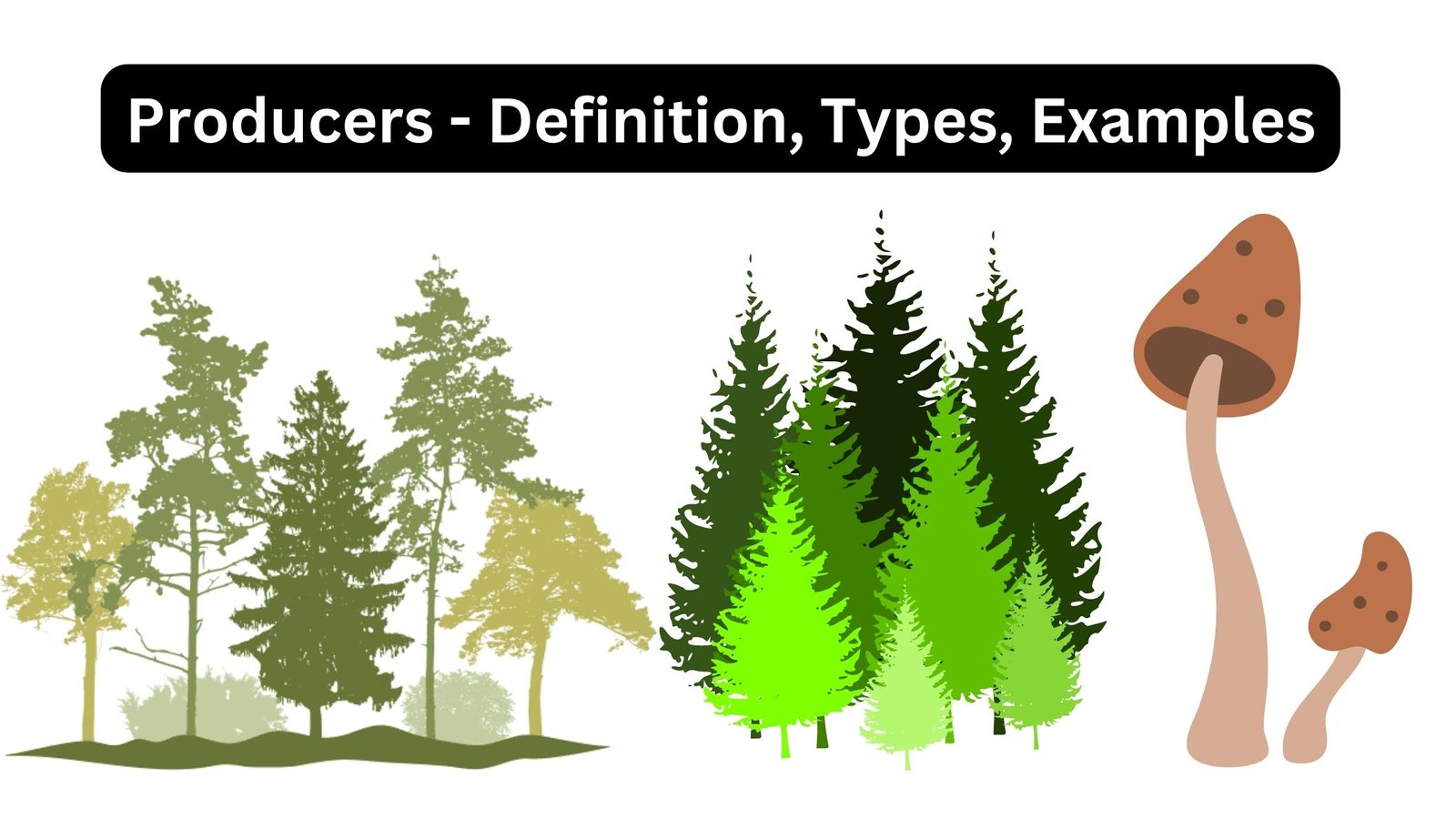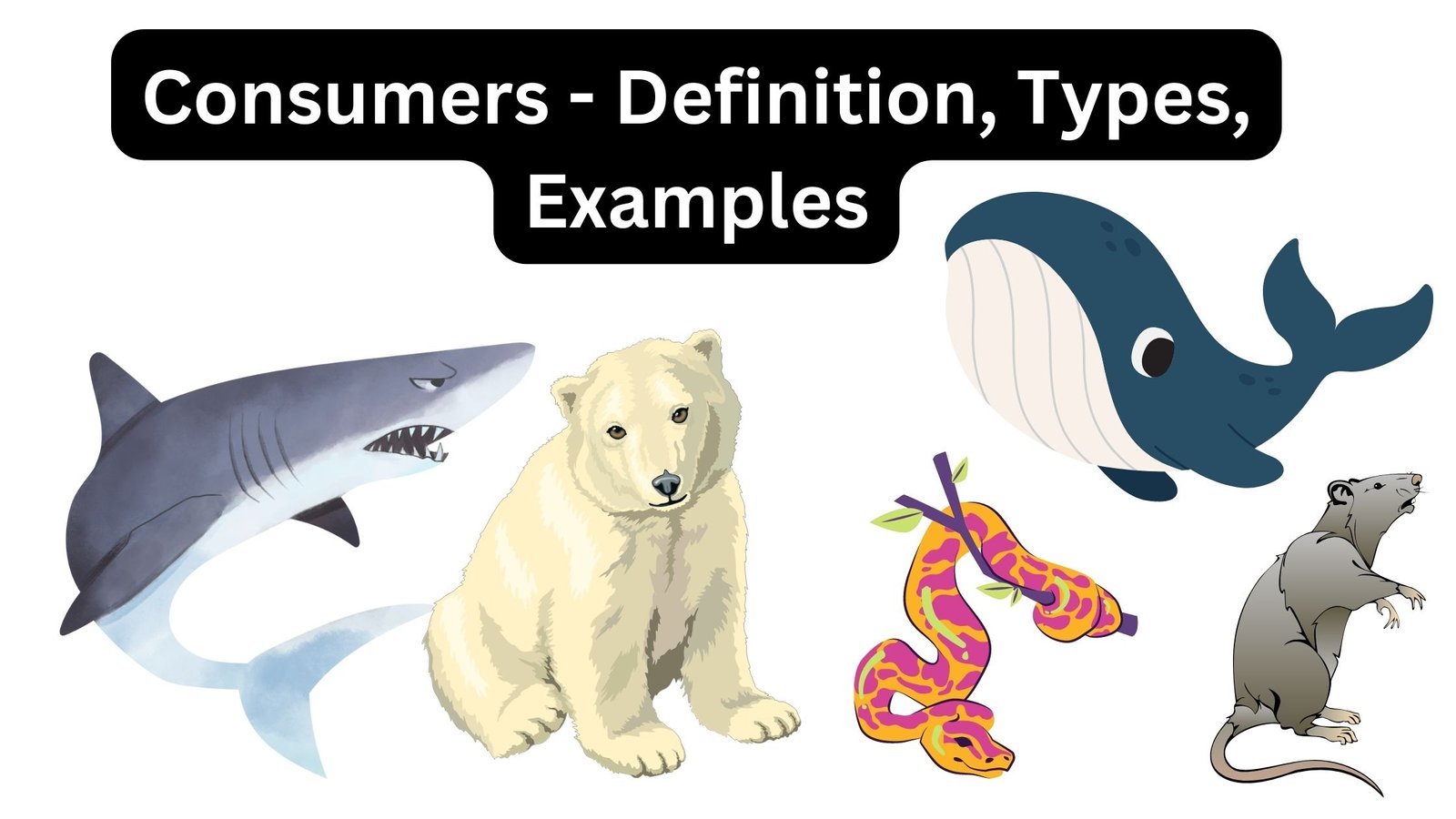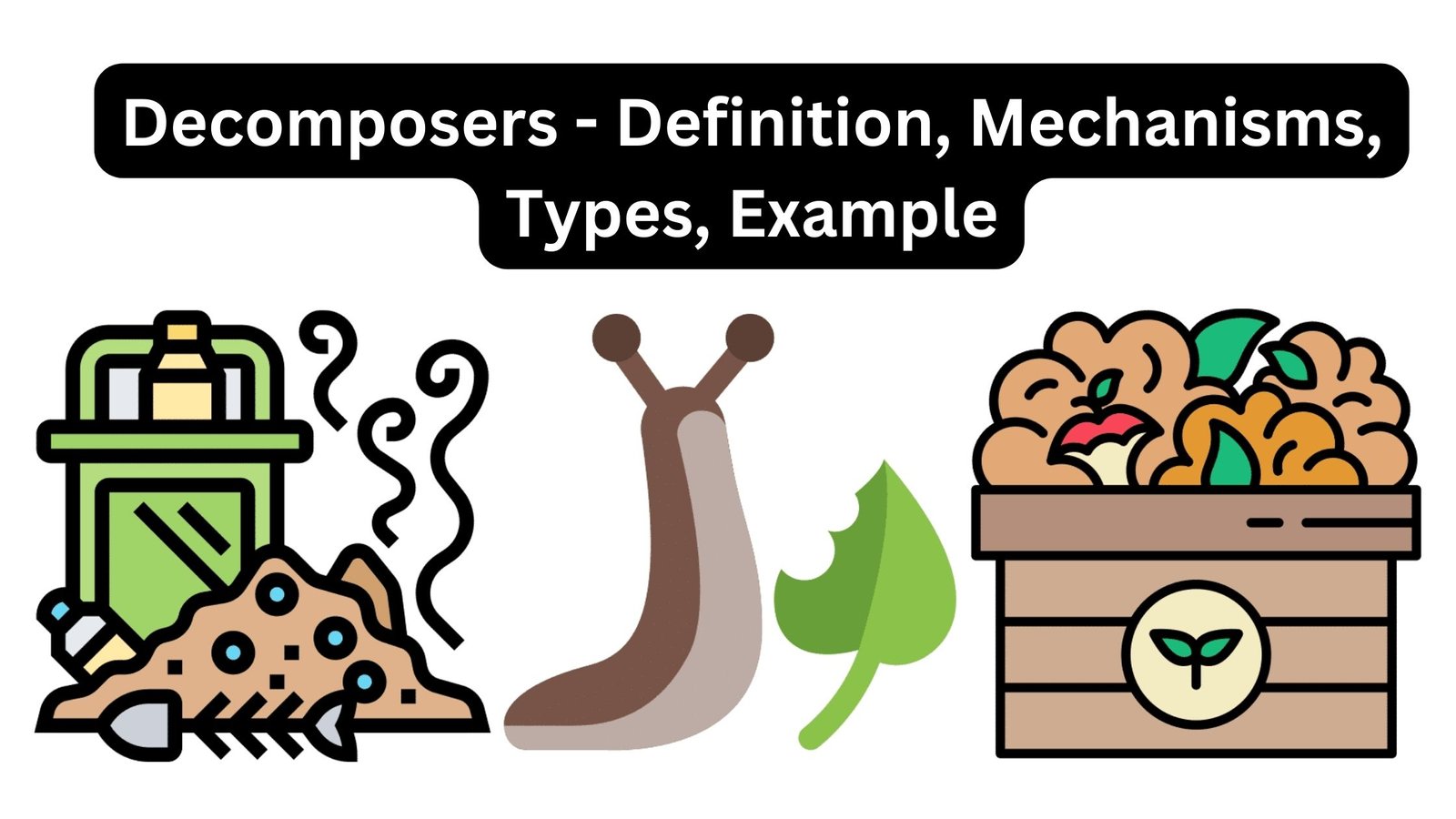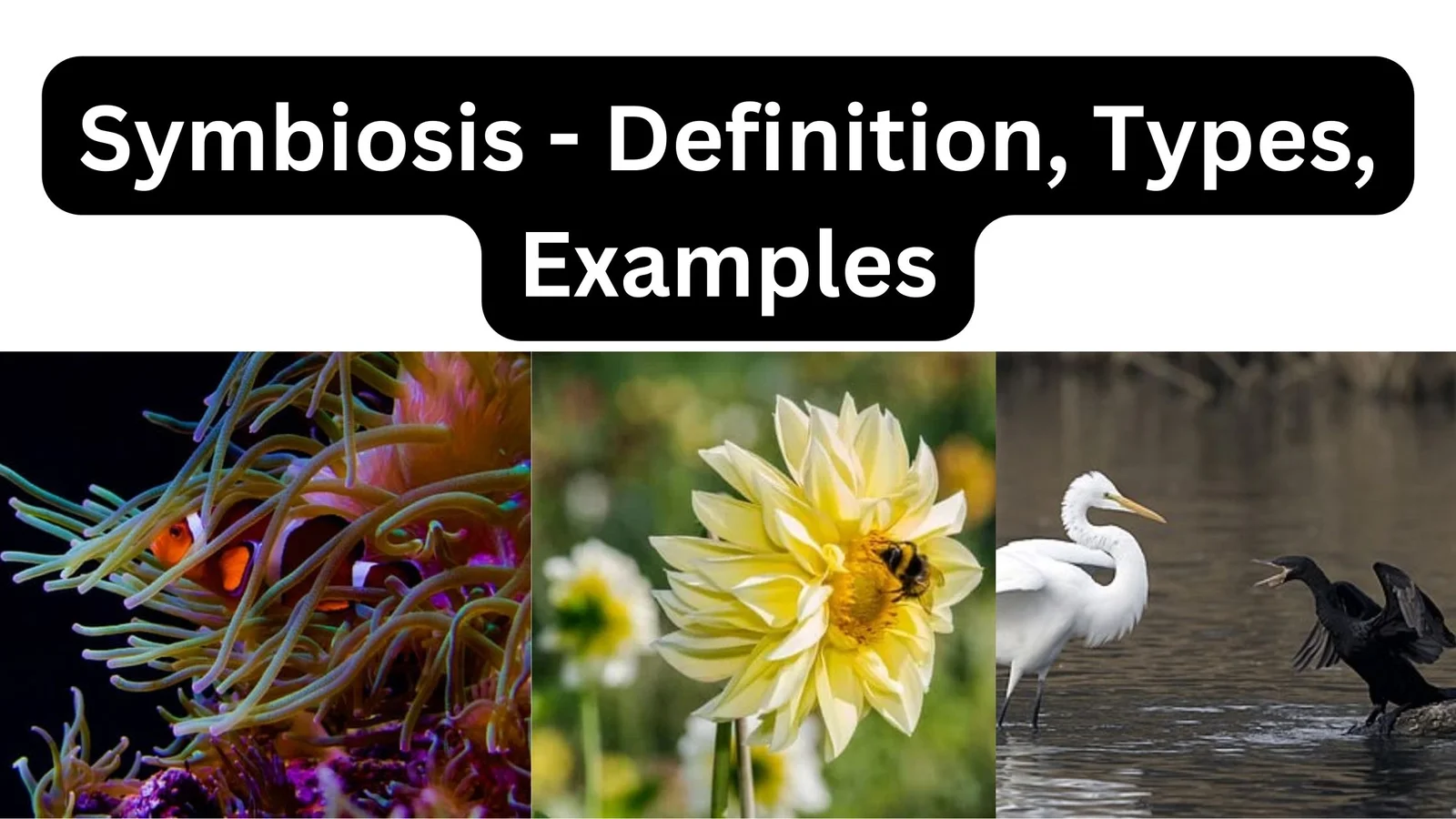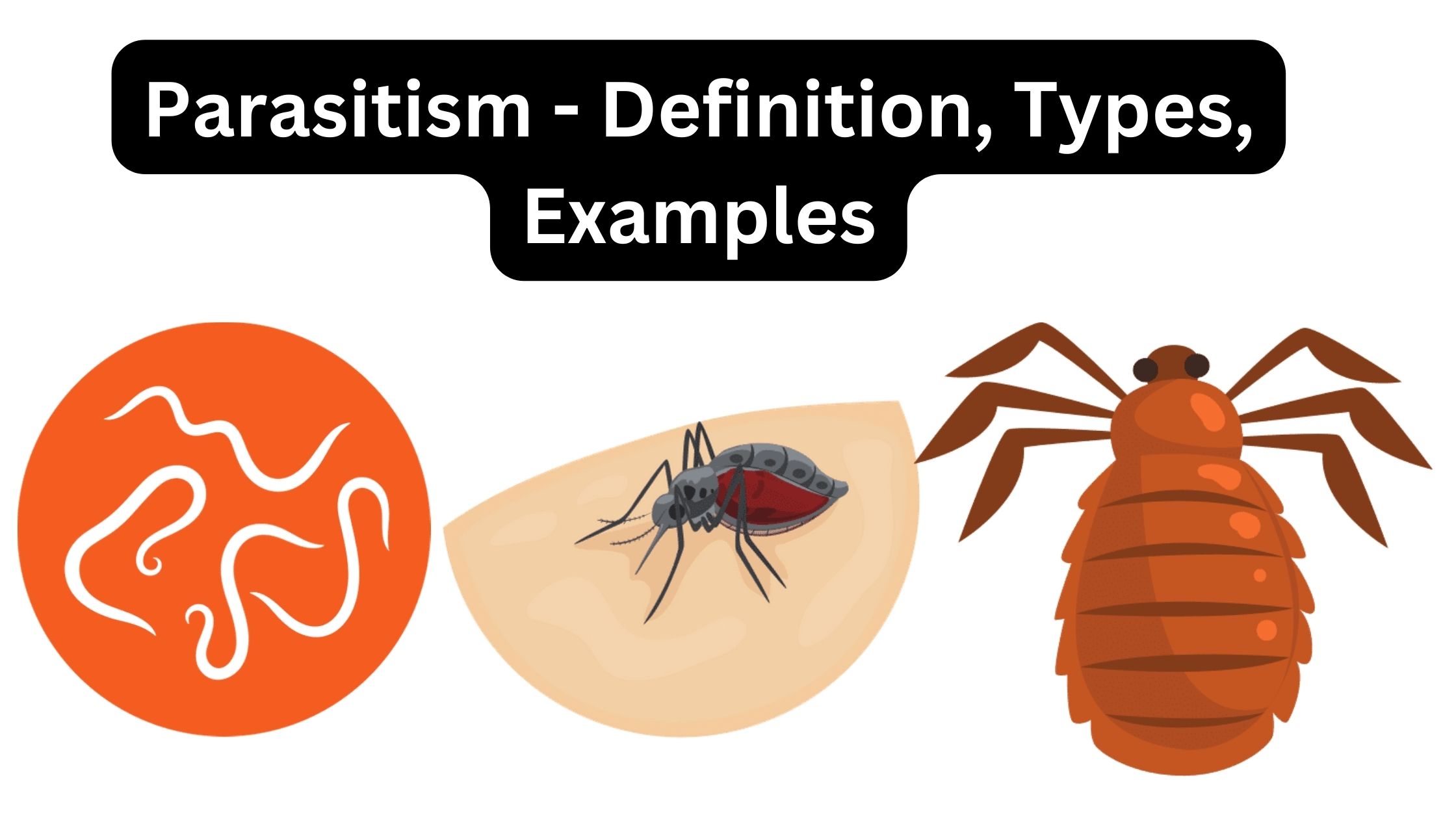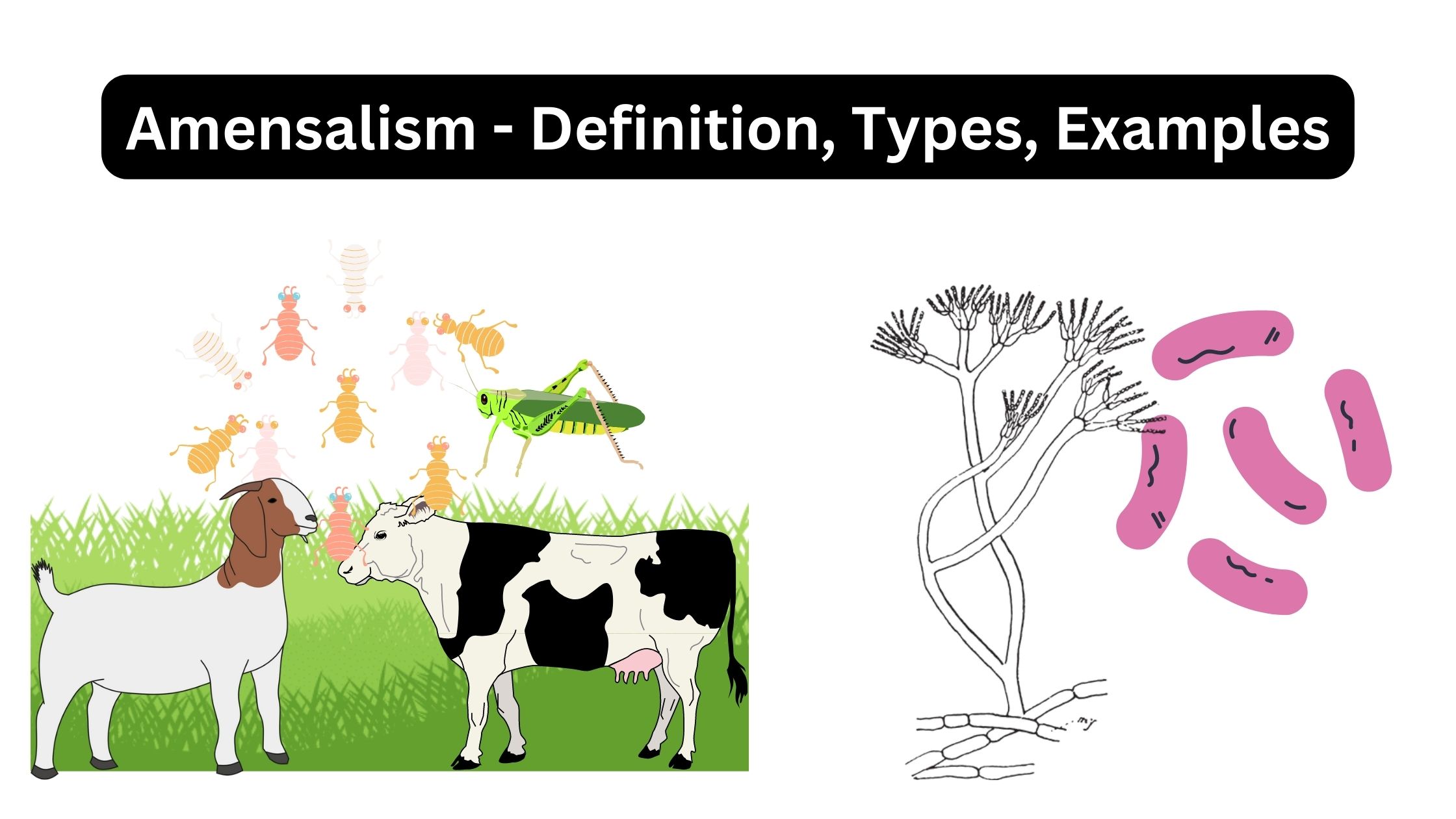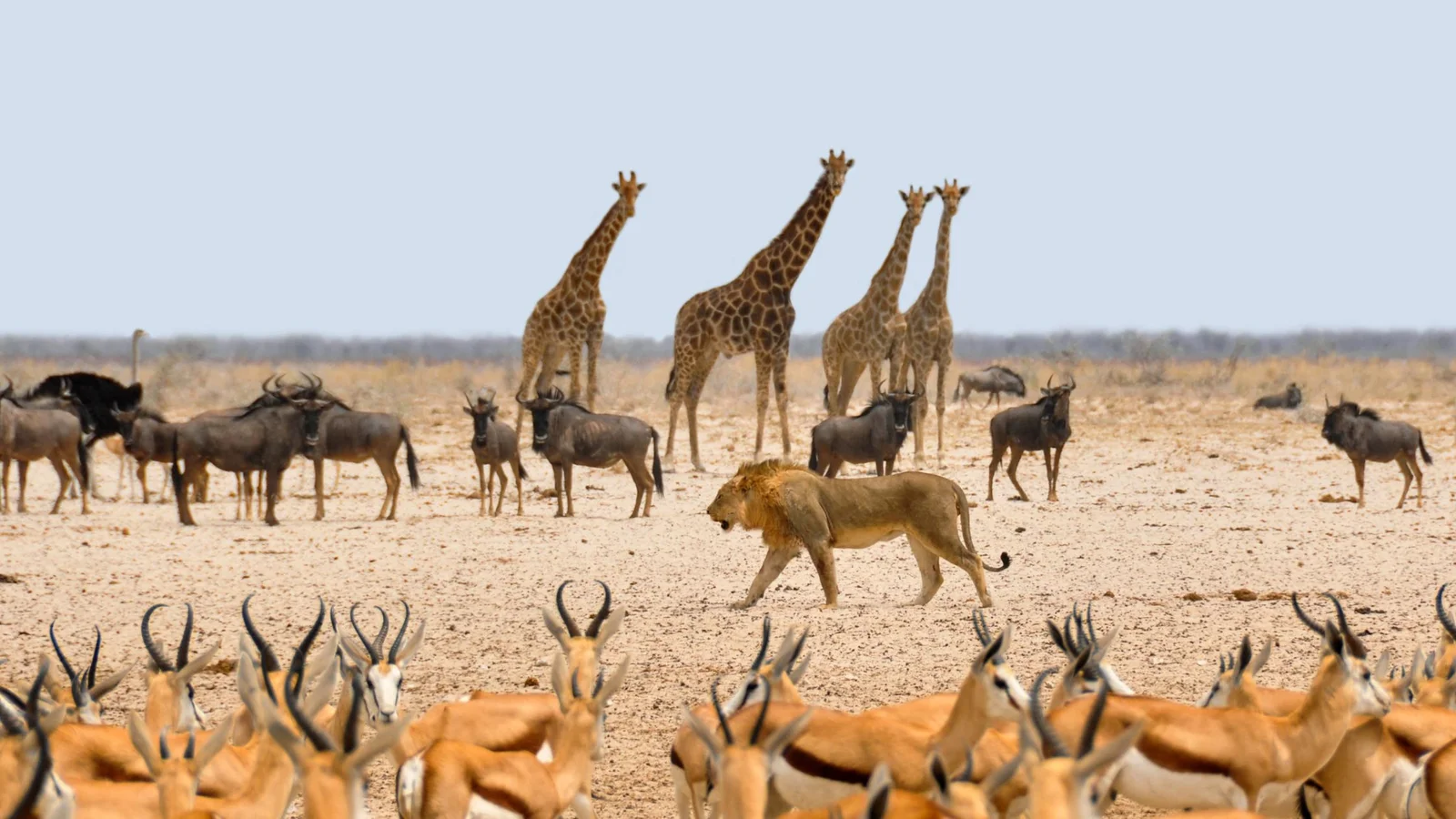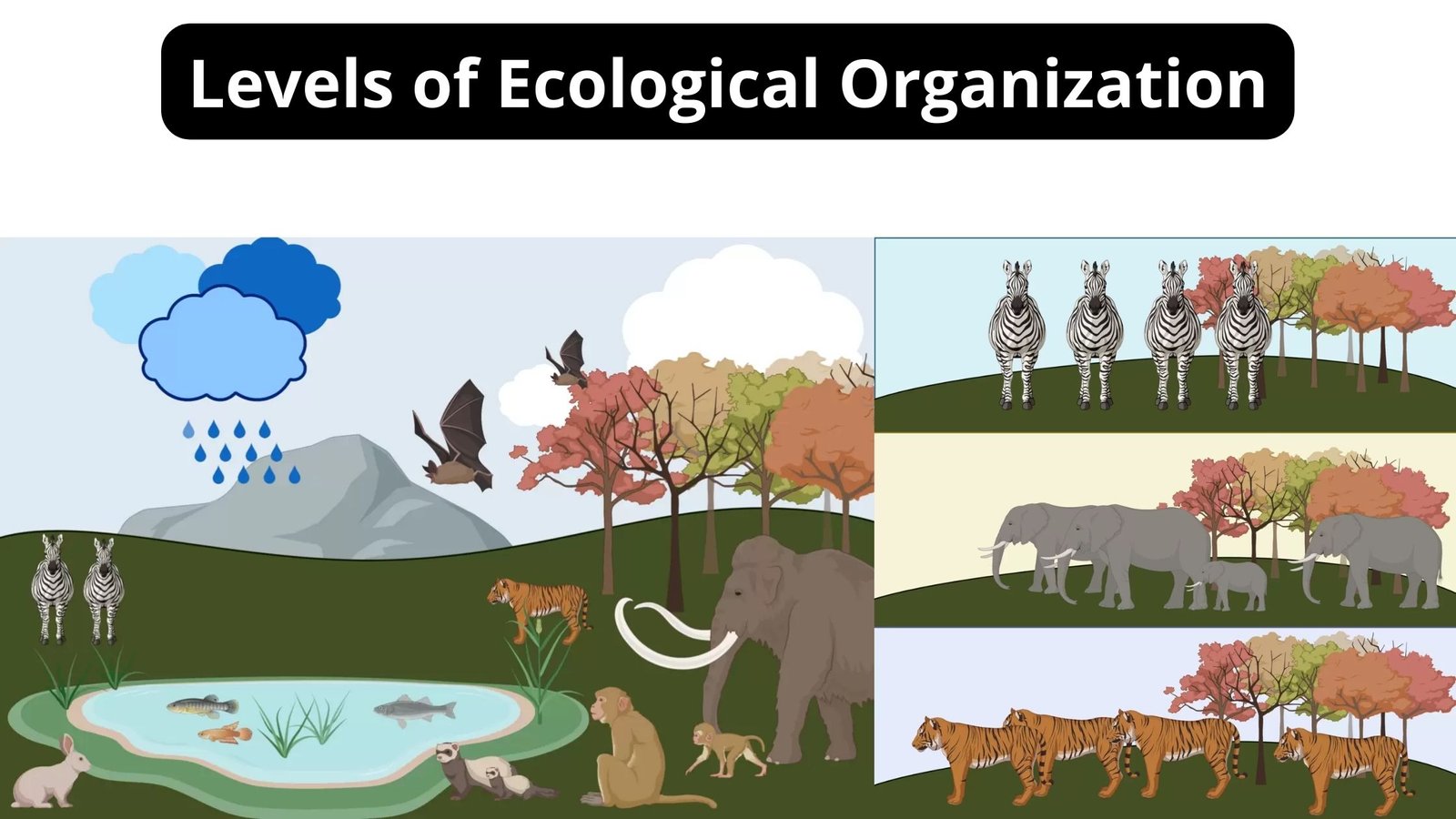Commensalism – Definition, Types, Example
What is Commensalism? Along with mutualism, the term was coined in 1876 by Belgian palaeontologist and naturalist Pierre-Joseph van Beneden. Beneden first used the term to describe the behaviour of carrion-eating animals that followed predators in order to consume their leftover meal. The term commensalism is derived from the Latin word commensalis, which meaning “table … Read more
